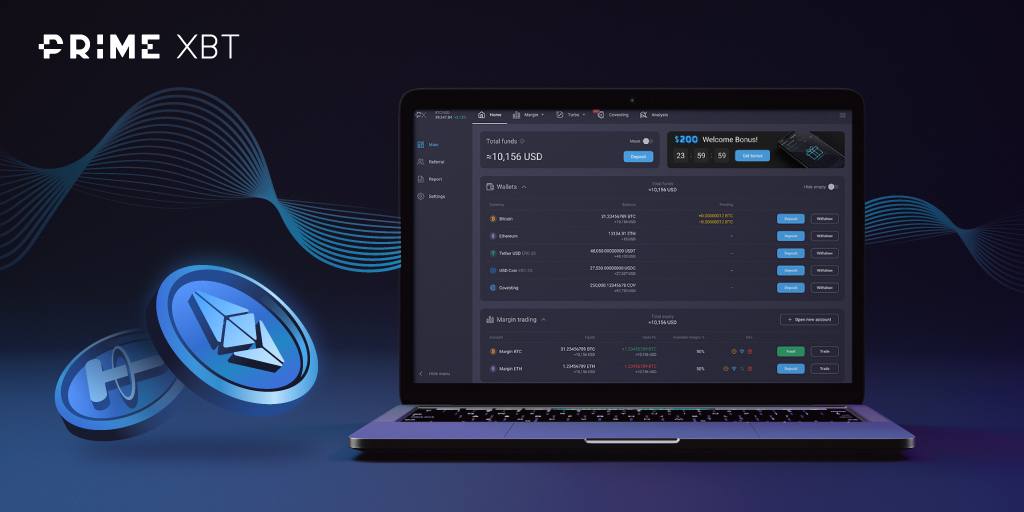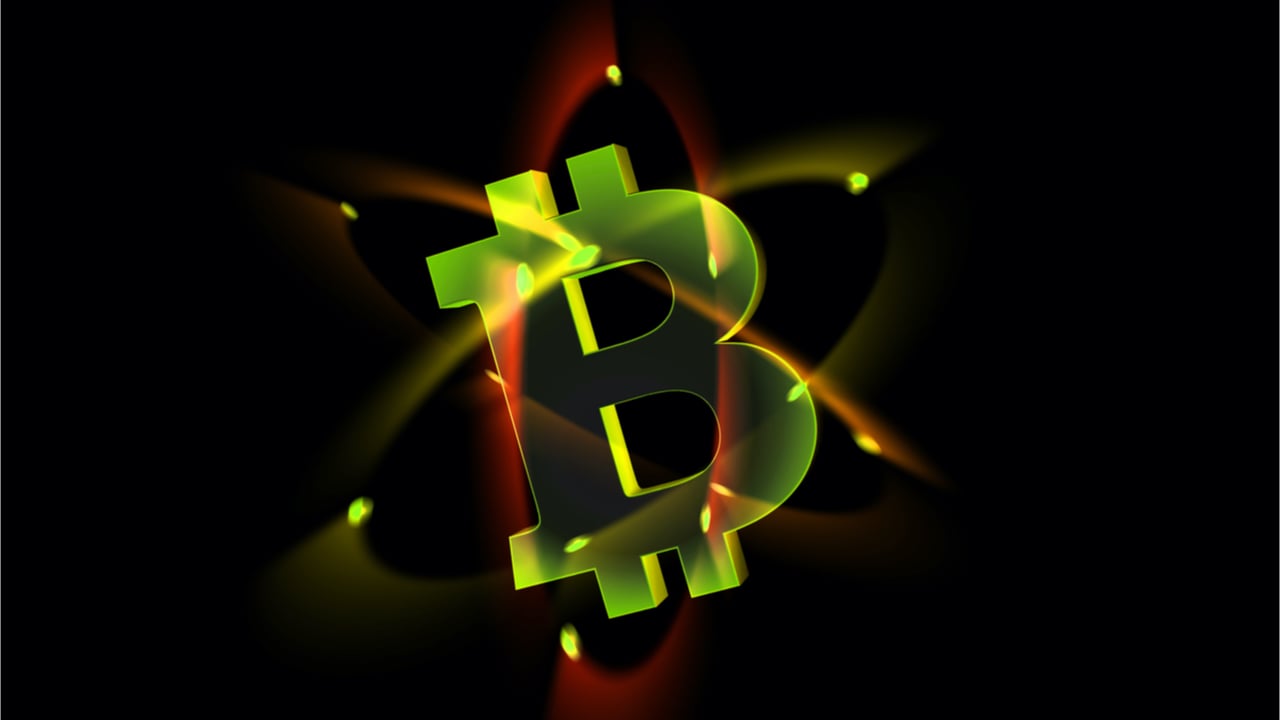The New Zealand Dollar is the talk of the town after the RBNZ surprised markets during their regular interest rate policy meeting. While RBNZ kept rates unchanged at 0.25%, the central bank abruptly ceased its quantitative easing altogether, prompting traders to start pricing in an earlier rate hike from the Kiwi.
The Reserve Bank’s Monetary Policy Committee, led by Governor Adrian Orr, on Wednesday said it will halt bond buying under its “Large Scale Asset Purchase” program by July 23. The statement omitted a previous reference to the need for considerable time and patience to achieve its inflation and employment goals.
Then on Friday, the release of Q2 inflation data further added flames to the hawkish fire. The headline CPI came in hot like coal, at an increase of 3.3% yoy (vs expected 2.8%) and 1.3% (vs expected 0.8%) for the quarter alone. Expectations and market pricing for a near-term cash rate hike from the RBNZ rose as a result; while last week the consensus expected a hike in November this year, expectations now are for a rate hike on the RBNZ’s next meeting scheduled on August 18. If official employment data due on August 4 is good as well, one can almost bet on his bottom dollar that the RBNZ will start to hike rates.
Showing equally inflationary numbers, the BusinessNZ manufacturing PMI for June also came in at a very hot 60.7 vs expectations of 55.8. These signs of an overheating economy are showing through, leaving the RBNZ with not much choice nor time to wait before tightening.
As a result, two prominent banks, ANZ and Westpac, have issued very aggressive rate hike calls following the major data releases.
ANZ commented that the MPR clearly signalled that they see the monetary policy cycle as having turned, and expects that the Official Cash Rate (OCR) will be raised in 25 basis point increments at the next six meetings, bringing the OCR to 1.75%.
Westpac has a similar call, projecting three rate hikes from the RBNZ by the end of this year, predicting the New Zealand interest rate to finish the year at 1%.
With COVID cases relatively controlled at New Zealand compared with other countries, the New Zealand economy is on track to be the first one to fully recover from the ill-effects from COVID, even as other countries continue to battle rising cases and potential shutdowns which would again dampen hopes of economic recovery.
As such, I expect the New Zealand dollar to rise higher against all its peers from hereon, and especially against its neighbour the Australian dollar, which is still trying to cope with a surge in COVID cases and a lack of economic growth, with its inflation at a mere 1%, failing to hit its target band of 2-3%. New Zealand tightening while Australia continuing to have to ease sets the stage for the biggest policy divergence between the two neighbours this year and is a good setup for a short AUD against NZD.
As more traders get wind of the tide change at RBNZ, the impact of this New Zealand dollar move against other currencies will be seen more prominently. Expect more movement to take place after other countries clarify their interest rate stance, as well as after New Zealand starts making its first rate hike.
About Kim Chua, PrimeXBT Market Analyst:
Kim Chua is an institutional trading specialist with a track record of success that extends across leading banks including Deutsche Bank, China Merchants Bank, and more. Chua later launched a hedge fund that consistently achieved triple-digit returns for seven years. Chua is also an educator at heart who developed her own proprietary trading curriculum to pass her knowledge down to a new generation of analysts. Kim Chua actively follows both traditional and cryptocurrency markets closely and is eager to find future investment and trading opportunities as the two vastly different asset classes begin to converge.
Credit: Source link























